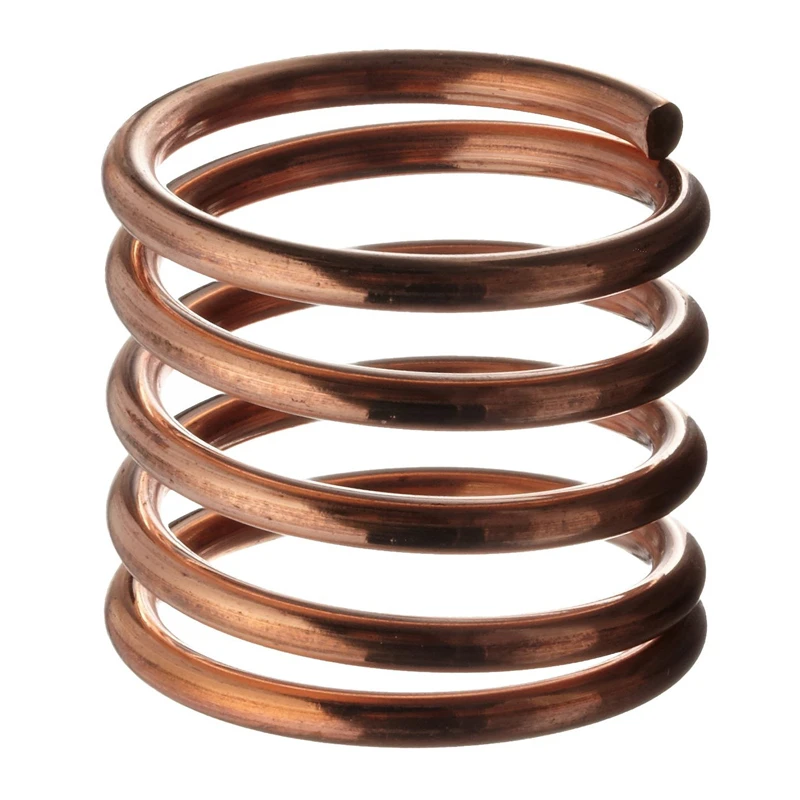
- Mobile Phone
- +8613931874955
- sales@cntcmetal.com
Understanding the Mechanics of a Fully Compressed Spring and Its Applications
Understanding Fully Compressed Springs
Springs are fundamental components in mechanical engineering and have numerous applications in various industries. A fully compressed spring is one that has reached its maximum compression, where the coils are in direct contact with each other, and the spring has effectively minimized its potential energy. This state is critical in understanding how springs operate in systems that rely on tension, compression, and energy storage.
The Mechanics of Springs
To comprehend fully compressed springs, one must first understand the basic mechanics of how springs work. Springs follow Hooke's Law, which states that the force exerted by a spring is proportional to its displacement from its equilibrium position. Mathematically, this is expressed as F = -kx, where F is the force applied to the spring, k is the spring constant (a measure of the spring's stiffness), and x is the displacement from its natural length.
A fully compressed spring signifies the maximum displacement in the negative direction. At this point, the spring has absorbed the maximum amount of energy from the force applied to it. If the force is removed, the spring will expand back to its original length, releasing the stored energy in the process. This principle is extensively leveraged in applications such as shock absorbers in vehicles, where springs help absorb the energy from bumps and uneven surfaces.
Applications of Fully Compressed Springs
Fully compressed springs have numerous applications, from everyday household items to complex industrial machinery. In the realm of automotive engineering, springs play a critical role in suspension systems. A vehicle's suspension system often includes coil springs that compress when the car encounters a bump. These springs must be capable of fully compressing to absorb the shock and gradually releasing the energy to maintain vehicle stability and comfort.
fully compressed spring

In consumer products, fully compressed springs are commonly found in retractable pens, hair clippers, and various toys. The compactness achieved through full compression allows these products to maintain a slim profile while providing necessary functionality. For instance, in a retractable pen, the spring's ability to return to its original shape after being compressed ensures that the pen's tip can be safely stowed away when not in use.
Challenges and Considerations
While the concept of fully compressed springs is fundamental, certain challenges arise in their application. One primary concern is fatigue failure. Springs undergo cyclical loading and unloading, which can lead to wear and ultimately fracture. Engineers must select appropriate materials and design parameters to prevent failures, especially in critical applications such as aerospace or medical devices.
Furthermore, the behavior of fully compressed springs can vary significantly based on factors like temperature, material properties, and the manufacturing process. Understanding these variables is crucial for ensuring the reliability and longevity of spring systems.
Conclusion
Fully compressed springs are essential elements of many mechanical systems, offering critical functions in energy absorption and mechanical stability. Their ability to compress and expand in response to forces makes them invaluable in various applications, from automotive suspension systems to everyday consumer products. However, careful consideration must be taken in their design and application to mitigate risks associated with fatigue and ensure optimal performance. As technology advances, the continued study and innovation in spring design will likely lead to enhanced performance and new applications in diverse fields.
share:
-
Why Sacrificial Formwork Is Redefining Underground ConstructionNewsJun.06,2025
-
The Structural Dynamics of Modern Concrete: How Snake Spacers Revolutionize Flexible ReinforcementNewsJun.06,2025
-
Snake Spacers Smart-Lock Concrete Reinforcement with Surgical PrecisionNewsJun.06,2025
-
Snake Spacers: Reinforcement Precision for Modern Concrete ProjectsNewsJun.06,2025
-
Snake Spacers Powering Concrete's Structural DNANewsJun.06,2025
-
Slither into Success: Snake Spacers' Precision Bite for Unbreakable ReinforcementNewsJun.06,2025
-
Sacrificial Formwork: Building Stronger, Faster, and Safer StructuresNewsJun.06,2025



















